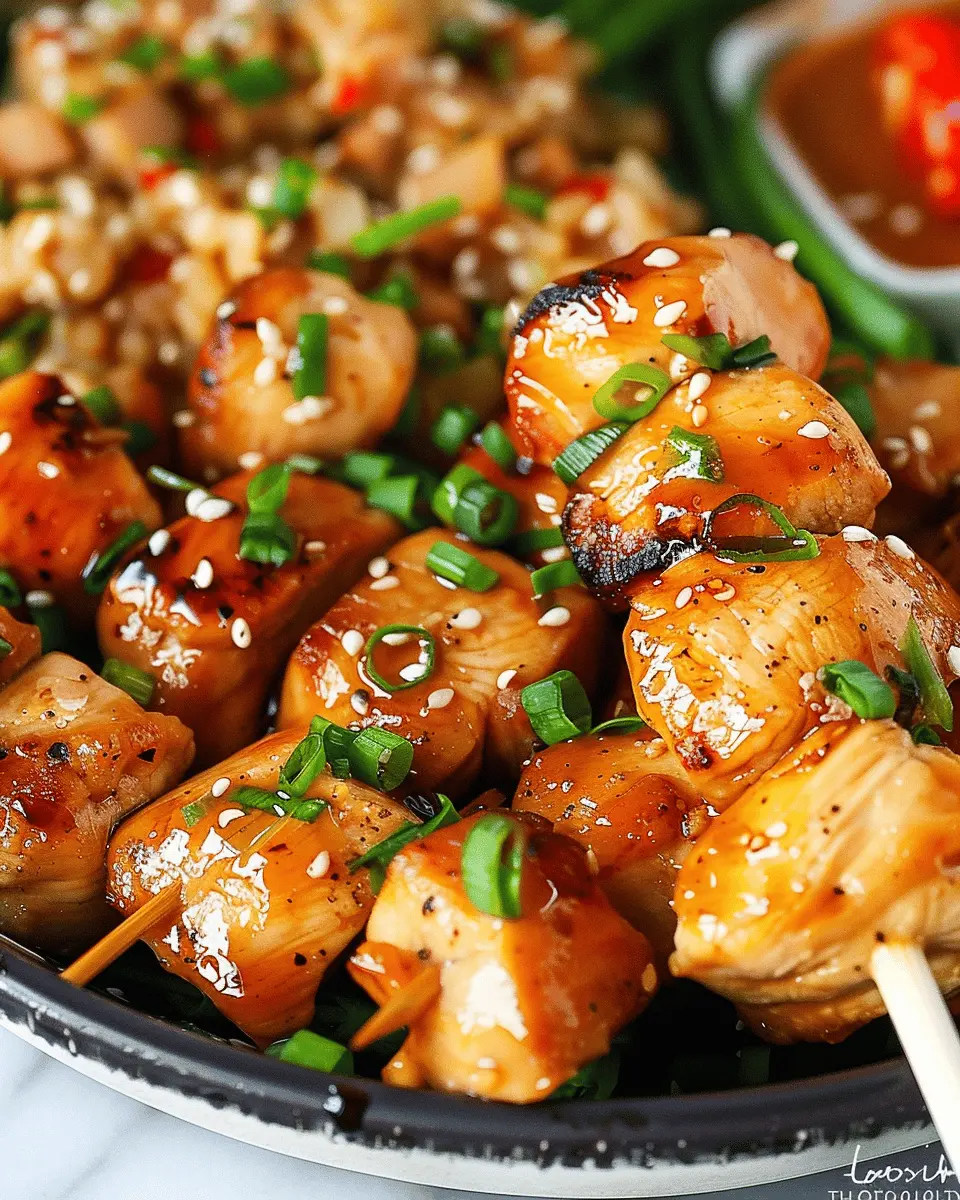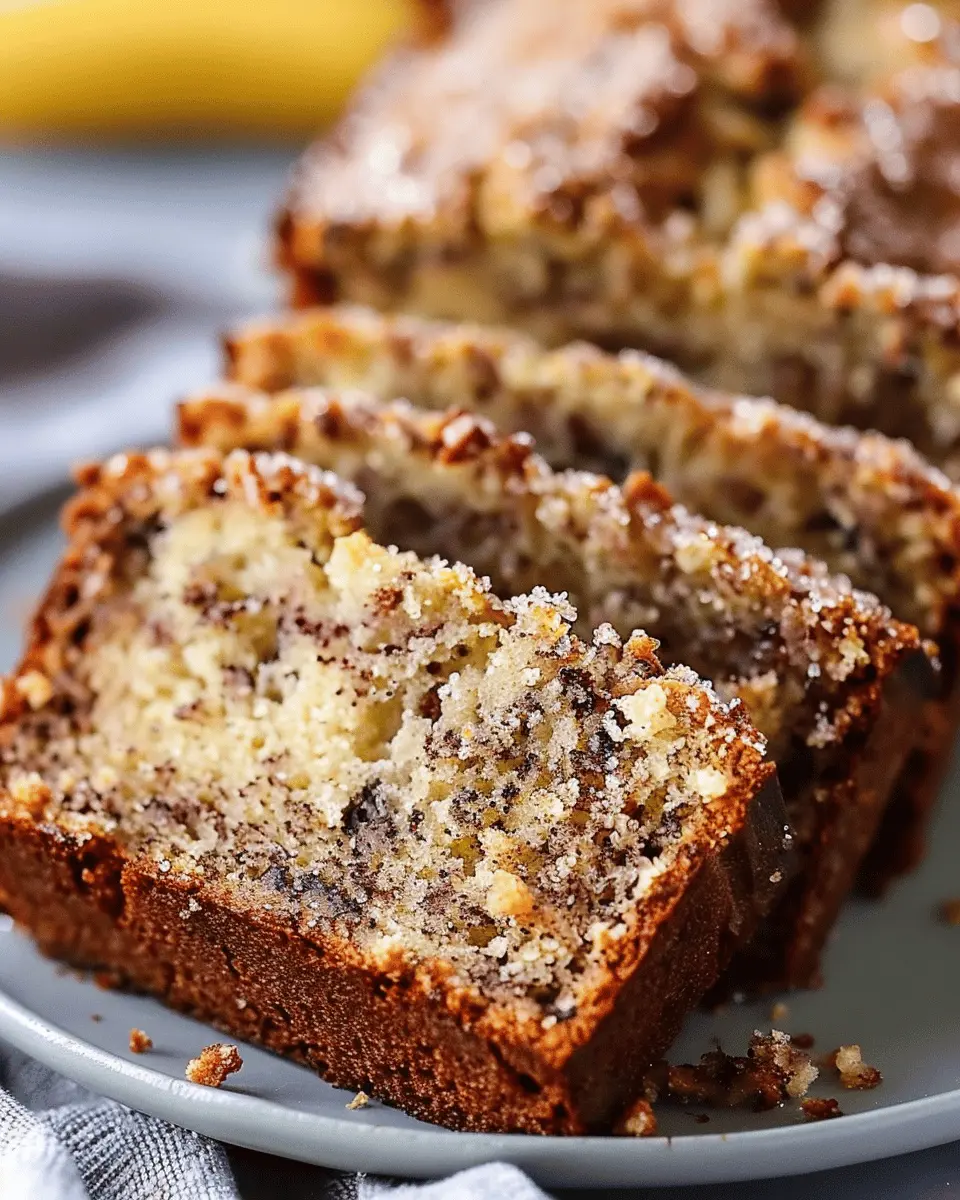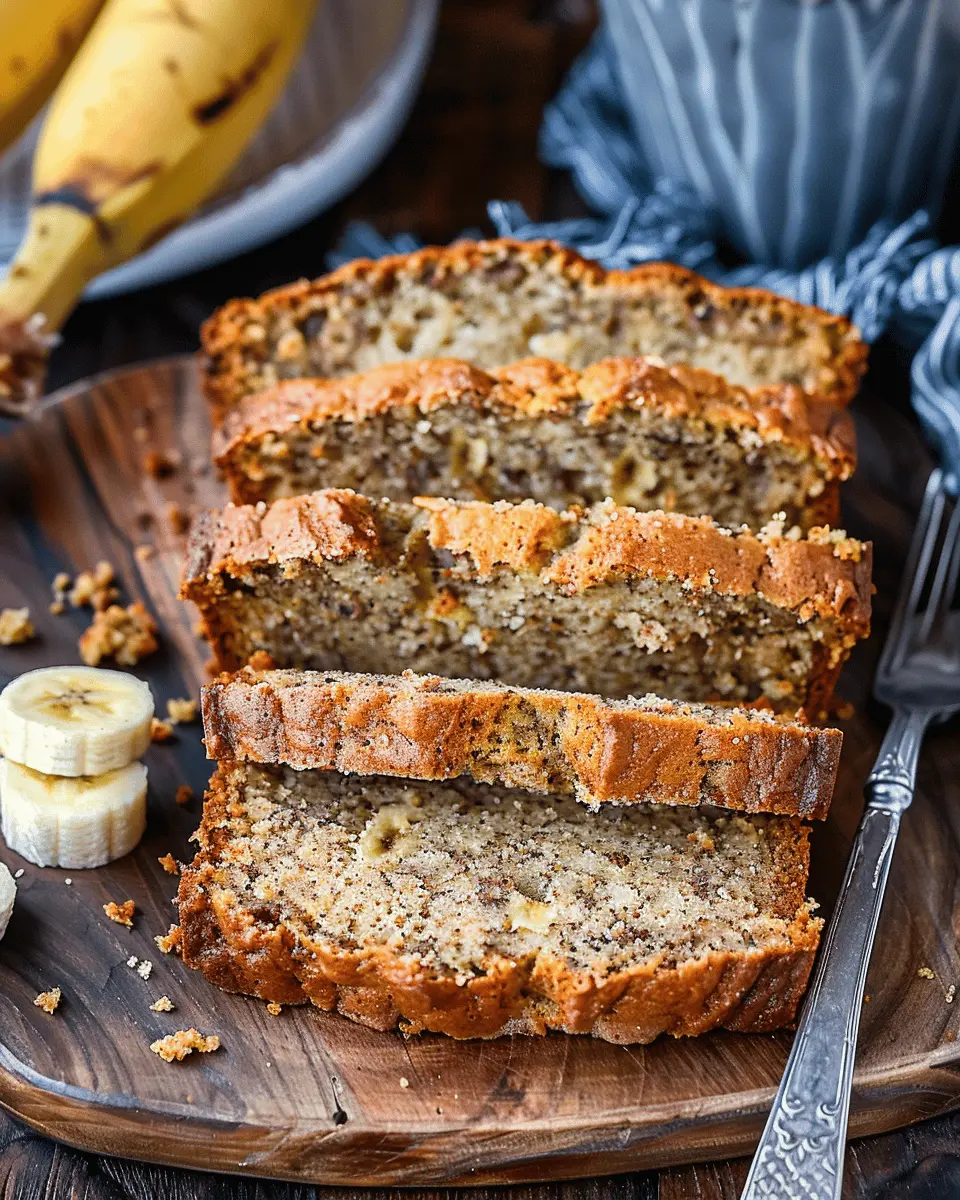Introduction to Hibachi Chicken
Hibachi chicken is more than just a meal; it’s an experience that transports you straight to Japan with each savory bite. Often prepared on a sizzling grill, this dish features tender, marinated chicken cooked to perfection alongside vibrant vegetables. The appeal of Hibachi chicken lies not only in its delicious flavor but also in the communal dining experience it offers. Picture sitting around the grill, watching as the chef masterfully prepares your meal right before your eyes—it’s a feast for the senses!
What makes Hibachi Chicken so enticing?
The magic of hibachi cooking extends beyond mere taste. According to culinary experts, hibachi dishes are often celebrated for their simple, high-quality ingredients paired with bold flavors. With hibachi chicken, the marinade usually consists of soy sauce, garlic, ginger, and sometimes a touch of sesame oil, creating a perfect blend of umami and zest. These elements combine to give the chicken an irresistible glaze that caramelizes beautifully on the grill.
A healthy option?
One of the standout aspects of Hibachi chicken is its versatility. It can cater to various dietary preferences, whether you are looking for a protein-packed meal or a lighter option. For instance, using lean cuts of chicken ensures that the dish remains nutritious without sacrificing flavor. Additionally, the grilled veggies—think bell peppers and zucchini—add essential vitamins and minerals to your plate.
Why you should try making Hibachi Chicken at home
Making hibachi chicken at home is not only a fun cooking adventure but also an opportunity to customize the recipe to suit your taste. You can experiment with different marinades, add your favorite vegetables, or even switch up the protein by trying shrimp or tofu. Plus, it’s a fantastic way to impress friends during a casual dinner party.
For those interested in learning more about hibachi cooking techniques, resources like America’s Test Kitchen offer valuable insights and tips to elevate your cooking game. So gather your ingredients, fire up the grill, and get ready to enjoy the delightful flavors of hibachi chicken right in your kitchen!

Ingredients for Hibachi Chicken
When it comes to whipping up a delightful Hibachi Chicken meal, gathering the right ingredients is key. Let’s break down the essentials that will take your dish from ordinary to extraordinary!
Essential Ingredients
To nail the classic Hibachi Chicken flavor, you’ll need:
- Chicken breast: Boneless and skinless for tenderness.
- Vegetable oil: A high smoke point oil like canola or sesame works best.
- Soy sauce: For that umami flavor everyone loves.
- Garlic: Freshly minced for an aromatic touch.
- Onion: Sweet or yellow—diced to bring out sweetness.
- Green onions: Chopped, for garnish and that fresh, crunchy bite.
Optional Ingredients
Feel free to customize your Hibachi Chicken with additional flavors:
- Mushrooms: Sautéed for an earthy dimension.
- Broccoli or zucchini: Steamed, as colorful veggie additions.
- Turkey bacon: Crispy bits for extra flavor.
- Chicken ham: Diced, for a savory twist.
- Seasoning blends: Like teriyaki or garlic powder for depth.
Mix and match from this list to suit your taste, or explore a variety of ingredients to elevate your Hibachi Chicken experience. Curious about how to pair this dish? Check out reputable resources like Bon Appétit for tips on complementary sides!
Preparing Hibachi Chicken
When you’re ready to bring the excitement of the hibachi grill into your home, preparing Hibachi Chicken can transform a simple meal into an extraordinary experience. With a little prep and the right techniques, you’ll have a delicious dish that’s perfect for impressing friends or whipping up a quick weeknight feast. Let’s dive in!
Step 1: Prepare the chicken
The first step in achieving your mouthwatering Hibachi Chicken is selecting your chicken. Opt for boneless, skinless chicken breasts for tender, juicy results. Here’s how to prepare:
- Wash your chicken: Rinse under cool water and pat dry with paper towels.
- Cut into bite-sized pieces: This not only ensures even cooking but also makes for easy eating. About 1-inch cubes work well.
- Marinate for flavor: Prepare a simple marinade using soy sauce, garlic, and ginger. If you’re looking for an interesting twist, try adding a splash of sesame oil for richness.
Let the chicken marinate for at least 30 minutes to soak up those flavors. For more ideas on marinades, check out this guide on chicken marinades.
Step 2: Cook the chicken to perfection
Once your chicken has marinated, it’s time to get cooking. If you have a hibachi grill, fantastic! If not, a high-quality grill pan or skillet will work beautifully as well. Here’s what to do:
- Heat your grill: Ensure it’s hot before adding the chicken. A well-preheated surface can give you a wonderful char.
- Sear the chicken: Place your chicken on the hot grill or pan, ensuring not to overcrowd. This helps retain moisture and ensures a good sear.
- Cook thoroughly: Depending on the size of your pieces, aim for about 5-7 minutes, flipping halfway through until they reach an internal temperature of 165°F. Use a meat thermometer to be sure!
This process not only locks in flavor but also creates that delicious hibachi-style crust that we all love.
Step 3: Whip up the fried rice
Now, let’s talk about the star of the show: fried rice. It’s essential to use cold, day-old rice for the best texture. If you don’t have any on hand, prepare fresh rice, spread it out on a baking sheet, and chill it in the fridge for about 30 minutes.
Follow these steps:
- Sauté your aromatics: Start by cooking minced onion and garlic in a bit of oil, preferably sesame, on medium heat.
- Add the rice: Stir in your cold rice, breaking clumps and ensuring it heats through.
- Season well: Incorporate soy sauce, and toss in some frozen peas and diced carrots for a colorful mix.
The combination of textures and flavors will elevate your Hibachi Chicken experience to new heights!
Step 4: Prepare the delicious hibachi vegetables
No hibachi meal is complete without colorful veggies! A mix of bell peppers, zucchini, and onions works wonderfully here. Here’s how to prepare them:
- Chop your vegetables: Aim for similar sizes to ensure even cooking.
- Sauté: In the same pan where you cooked your chicken, add a drizzle of oil, then toss in your veggies. Sauté for about 5-6 minutes until just tender but still vibrant.
- Season lightly: A little salt, pepper, and a splash of soy sauce will enhance the natural flavors.
This makes for a healthy, vibrant side that complements your Hibachi Chicken beautifully.
Step 5: Bring it all together
Now that everything is prepared, it’s time to plate up! Start with a scoop of your fried rice, add a generous serving of your expertly cooked Hibachi Chicken, and pile on those colorful vegetables.
To finish, consider garnishing with sliced green onions or sesame seeds for an extra touch.
Enjoy the fruits of your labor! Eating in is sometimes the best way to unwind and indulge. Plus, all this homemade goodness often tastes even better than takeout—and it’s tailored just for you. So light those candles, set the mood, and enjoy your homemade hibachi feast.
For even more recipes and tips, check out sites like Serious Eats for culinary inspiration. Happy cooking!

Variations on Hibachi Chicken
Hibachi Chicken with Different Proteins
While traditional Hibachi Chicken is a crowd favorite, don’t hesitate to switch things up with alternative proteins! Here are some delicious variations:
-
Hibachi Beef: If you’re a red meat lover, marinated beef strips can add robust flavor to your hibachi experience. Just ensure to adjust cooking times for tenderness.
-
Shrimp Hibachi: For seafood enthusiasts, shrimp brings a delightful twist. The quick cooking time keeps it succulent and juicy, perfectly complementing those savory soy-based sauces.
-
Hibachi Chicken Ham: If you fancy a slightly sweet and smoky flavor, chicken ham can be an excellent option. Dice it up and toss it onto the grill for a unique take!
Feel free to mix and match these proteins according to your taste and dietary preferences. The beauty of Hibachi Chicken is its versatility!
Vegetarian Options for Hibachi Lovers
Not eating meat? No problem! You can still enjoy delicious hibachi flavors with these vegetarian options:
-
Tofu Hibachi: Firm tofu sautéed until crispy can be a game-changer. Just marinate it in soy sauce and sesame oil for an umami-packed dish.
-
Grilled Vegetables: Load up on seasonal veggies like zucchini, bell peppers, and mushrooms. Toss them in a garlic-soy sauce blend to elevate the flavors.
-
Mushroom Medley: Portobello and shiitake mushrooms not only add a meaty texture but also contribute deep, earthy flavors to your hibachi feast.
Adapting Hibachi Chicken recipes keeps your meal fresh and exciting while also accommodating different dietary needs. Explore these variations, and you’ll find that hibachi can be as dynamic as you want! To dive deeper into protein alternatives and marinades, check out these substitutes from Healthline.
The options are endless—let your taste buds lead the way to your own hibachi adventure!
Cooking tips and notes for Hibachi Chicken
Selecting quality chicken
When you’re making Hibachi Chicken, the type of chicken you choose can set the stage for a delicious meal. Look for fresh, organic chicken breasts or thighs – the quality makes a difference in flavor and texture. Did you know that organic poultry often has a richer taste? Prioritize local or farm-raised sources whenever possible, as they often have better standards. A good rule of thumb is to always check for firmness and a bright color when choosing your chicken.
Cooking techniques to enhance flavor
Achieving that authentic hibachi flavor is all about technique. Start by marinating your chicken; a simple mix of soy sauce, garlic, ginger, and a touch of honey can do wonders. Another tip? Searing your chicken on a high heat will lock in the juices and create that irresistible caramelization. Don’t forget to toss some veggies in the pan too!
For additional inspiration, check out sources like Serious Eats for flavor boosting techniques or Food Network for insights on cooking methods.
Incorporating these tips will elevate your Hibachi Chicken, making your meal not just satisfying, but downright memorable!

Serving suggestions for Hibachi Chicken
Presentation tips for a visual feast
Creating an inviting presentation for your Hibachi Chicken is all about color and texture. Start with a vibrant plate—perhaps a simple white or bamboo-style dish. Layer your succulent chicken pieces atop a bed of stir-fried vegetables like bell peppers, zucchini, and carrots to create a rainbow effect. Drizzle some homemade soy sauce or a teriyaki glaze over the top for that glossy finish. Garnish with green onions or sesame seeds for added flair. Serve it alongside a small cup of dipping sauce for an interactive element—because who doesn’t love a good dipping experience?
Best sides to complement the dish
When it comes to pairing sides with your Hibachi Chicken, consider these delicious options:
- Fried Rice: A staple at any hibachi dinner, flavored with garlic and scallions.
- Steamed Broccoli: This adds a healthy crunch and vibrant green color.
- Miso Soup: A light starter that complements the meal beautifully.
- Sushi Rolls: If you want to go all out, mini sushi rolls can elevate your meal.
These sides are not just delicious; they enhance the overall dining experience. For a deeper dive into side dish pairing, check out food blogs like Serious Eats for more inspiration. Enjoy your meal!
Time Details for Hibachi Chicken
Preparation Time
Getting everything ready for your Hibachi Chicken is quick and easy. Aim for about 15 minutes to chop your vegetables and marinate your chicken, ensuring all the flavors meld beautifully. It’s a small investment of time for a delicious result!
Cooking Time
When it comes to cooking, this dish comes together in about 15 to 20 minutes. You’ll want your grill or pan to be nice and hot for that mouthwatering sear. Keep an eye on your chicken, ensuring it reaches that perfect golden-brown hue.
Total Time
In total, you’re looking at around 30 to 35 minutes from start to finish. This makes Hibachi Chicken a fantastic option for a weeknight dinner or even a laid-back weekend gathering with friends. Feeling hungry? Dive into the full recipe here!
With these time estimates, you can plan your meal around your schedule, making sure it fits seamlessly into your day. Happy cooking!
Nutritional Information for Hibachi Chicken
Understanding the nutritional breakdown of Hibachi Chicken can help you make informed choices about your meals. Here’s a straightforward overview to guide you.
Calories
A serving of Hibachi Chicken typically contains around 300 calories. This makes it a relatively light yet filling option, perfect for a satisfying weeknight dinner or meal prep.
Protein
Packed with lean protein, Hibachi Chicken offers approximately 30 grams per serving. This high protein content helps promote muscle health and keeps you satiated, making it an excellent option for those with active lifestyles.
Sodium
Be mindful of sodium levels, as a serving can range from 500 to 800 milligrams depending on the seasoning and sauces used. To control sodium intake, consider using low-sodium soy sauce or homemade marinades.
For more insights on the nutritional values of similar dishes, check out sources like the USDA FoodData Central. If you have dietary concerns, it’s always good to consult with a healthcare professional or a registered dietitian for personalized advice. Happy cooking!
FAQs about Hibachi Chicken
Can I prepare this dish ahead of time?
Absolutely! Preparing Hibachi Chicken ahead of time can be a real time-saver for busy weeknights. You can marinate the chicken up to 24 hours in advance to enhance the flavors. Just keep it in an airtight container in the fridge. Although cooked chicken is best fresh, you can store leftovers in the refrigerator for up to three days. When you’re ready to eat, just reheat it in a skillet or microwave until warmed through.
What other sauces can I use apart from coconut aminos or soy sauce?
If you want to mix things up a bit, you’re in luck! While coconut aminos and soy sauce are fantastic, you can also try several other options to enhance your Hibachi Chicken:
- Teriyaki Sauce: Adds a sweet, tangy flavor.
- Tamari: A gluten-free alternative that tastes just as good as soy sauce.
- Hoisin Sauce: For a rich, sweet twist.
- Garlic Sauce: A great way to bring in some extra umami.
These sauces can not only diversify your dish but also complement those classic grilled flavors beautifully.
How do I know when the chicken is fully cooked?
Some might say cooking chicken is an art, but it’s also a science! The best way to ensure your Hibachi Chicken is fully cooked is to use a meat thermometer. Aim for an internal temperature of 165°F. If you don’t have a thermometer handy, check for the following:
- The chicken should be opaque and no longer pink inside.
- The juices should run clear when the meat is pierced.
Why not boost your cooking confidence with expert tips on food safety from resources like the USDA? Remember, a little practice goes a long way in getting this tasty dish just right!
Conclusion on Hibachi Chicken
Recap of the joys of homemade hibachi chicken
Homemade Hibachi Chicken brings the vibrant taste of Japanese grilling into your kitchen, transforming an ordinary weeknight into a culinary adventure. The joy lies not just in the delicious outcome but in the process itself—sizzling flavors, vibrant colors, and the satisfying sound of cooking.
Creating your own hibachi chicken allows you to accommodate personal tastes and dietary needs. Plus, it serves as an engaging way to gather with friends or family around the dinner table. From fresh vegetables to your choice of sauces, every bite is a testament to your creativity! For those looking to dive deeper into the world of hibachi cooking, you might enjoy exploring expert takeout options here and discovering regionally inspired variations.
PrintHibachi Chicken: Easy Recipe for Juicy, Flavorful Home Cooking
Enjoy the delightful flavors of hibachi chicken made right at home with this easy recipe. Juicy chicken is grilled to perfection and served with delicious sauces.
- Prep Time: 10 minutes
- Cook Time: 20 minutes
- Total Time: 30 minutes
- Yield: 4 servings 1x
- Category: Dinner
- Method: Grilling
- Cuisine: Japanese
- Diet: Gluten-free
Ingredients
- 1 pound chicken breasts
- 2 tablespoons soy sauce
- 1 tablespoon sesame oil
- 1 tablespoon garlic, minced
- 1 teaspoon ginger, grated
- 1 teaspoon black pepper
- 1 tablespoon vegetable oil
- 2 cups mixed vegetables (carrots, zucchini, onion)
Instructions
- Marinate the chicken in soy sauce, sesame oil, garlic, ginger, and black pepper for at least 30 minutes.
- Heat vegetable oil in a skillet over medium-high heat.
- Add marinated chicken to the skillet and cook until browned and cooked through, about 6-8 minutes per side.
- Add mixed vegetables and stir-fry until tender.
- Serve hot, garnished with additional sesame seeds if desired.
Notes
- For added flavor, consider adding a splash of rice vinegar to the marinade.
- Serve with steamed rice or noodles.
Nutrition
- Serving Size: 1 plate
- Calories: 300
- Sugar: 2g
- Sodium: 700mg
- Fat: 15g
- Saturated Fat: 2g
- Unsaturated Fat: 11g
- Trans Fat: 0g
- Carbohydrates: 5g
- Fiber: 2g
- Protein: 30g
- Cholesterol: 80mg
Keywords: Hibachi Chicken, Chicken Recipe, Easy Recipes, Home Cooking












